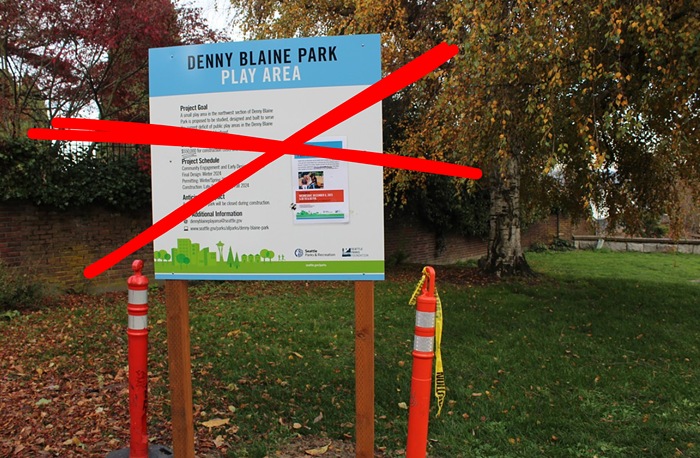Beacon Hill/Mon Aug 30/4:39 pm Officer Richard Bourns reports: "I responded to Sturgus Avenue to investigate a report of a strong-arm robbery. When I arrived, I met with victim and an independent witness. Victim was very animated and clearly upset. I observed redness on her chest as she tried to explain what happened. Witness told me that she was walking south in the 1100 block of Sturgus Avenue behind victim who was carrying groceries. Witness overtook victim and was about 50 feet ahead of her when she heard her scream. Witness turned around to see the suspect tugging on something around the victim's neck. After the suspect disengaged with victim, he climbed into the driver's seat of a green 1999 Chevy Malibu. Witness rushed to the aid of the victim, but not before remembering the license plate of the Chevy Malibu that fled south.
"Victim told me that the suspect approached her from behind and said: 'Give me your chain!' He grabbed at the 18 kt gold chain that was around her neck. She dropped her groceries and tried to prevent her necklace from being snatched. The redness on her chest seemed to be a result of the crime; otherwise, the victim appeared uninjured and did not request medical attention.
"I conducted an SPD database check and discovered that the same vehicle was reported as involved in another strong-arm robbery on August 27, 2010... Detective B. Craig of the SPD Robbery Squad was informed about (the latest in a series of necklace thefts) that have occurred in South Seattle."
In this column in August, we discussed four necklace thefts that occurred in a single week—all ripped from the victim's neck. Now police call this "the latest in a series of necklace thefts."
How does this happen? How does a particular crime become the in crime? Here is my theory: A crime often becomes hip when its use value is much lower than its value as a spectacle or an act. Meaning, when it becomes more about doing it rather than gaining from it. The street value of a necklace is considerably low, particularly if it has been destroyed by precisely the act of the theft, and so it is not really about the money but the moment of engagement, the tearing from the neck, the dashing to the car. Later, the broken necklace is shown to friends in much the same spirit that the head of some massive, dead animal is displayed on the wall of a hunter. ![]()



















